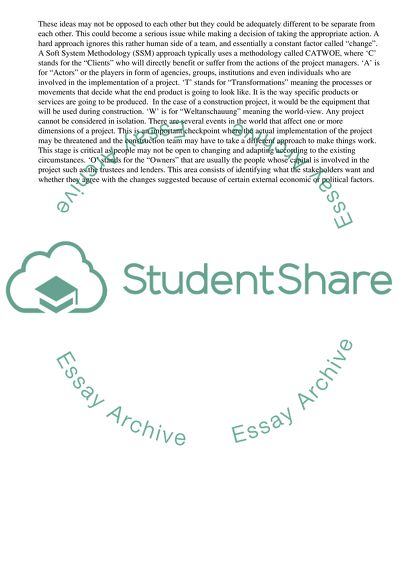Cite this document
(Soft Systems Methodology in Project Quality Management Coursework, n.d.)
Soft Systems Methodology in Project Quality Management Coursework. Retrieved from https://studentshare.org/management/1744689-the-appropriateness-of-applying-soft-systems-methodology-in-project-quality-management
Soft Systems Methodology in Project Quality Management Coursework. Retrieved from https://studentshare.org/management/1744689-the-appropriateness-of-applying-soft-systems-methodology-in-project-quality-management
(Soft Systems Methodology in Project Quality Management Coursework)
Soft Systems Methodology in Project Quality Management Coursework. https://studentshare.org/management/1744689-the-appropriateness-of-applying-soft-systems-methodology-in-project-quality-management.
Soft Systems Methodology in Project Quality Management Coursework. https://studentshare.org/management/1744689-the-appropriateness-of-applying-soft-systems-methodology-in-project-quality-management.
“Soft Systems Methodology in Project Quality Management Coursework”, n.d. https://studentshare.org/management/1744689-the-appropriateness-of-applying-soft-systems-methodology-in-project-quality-management.


